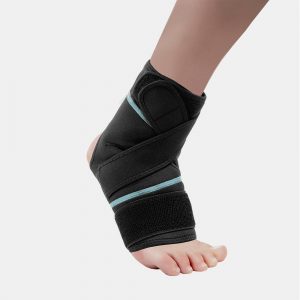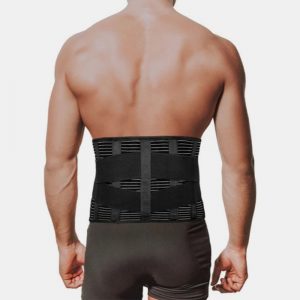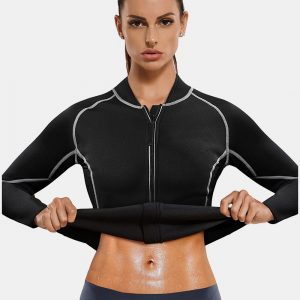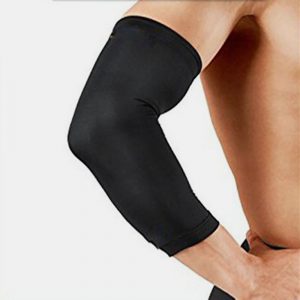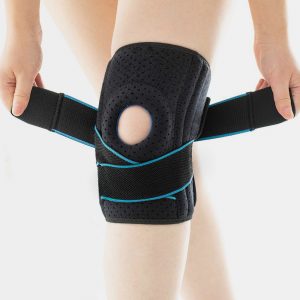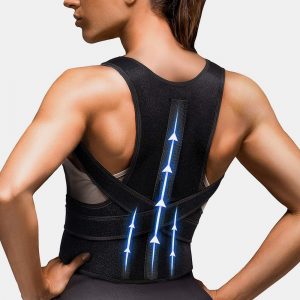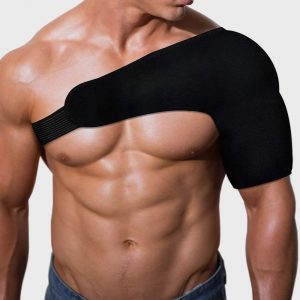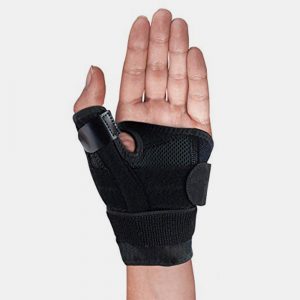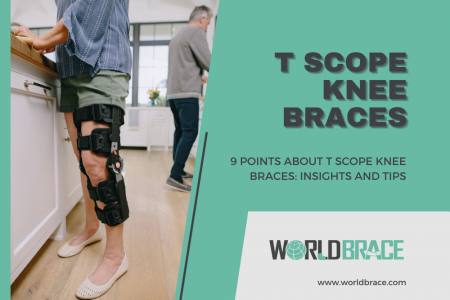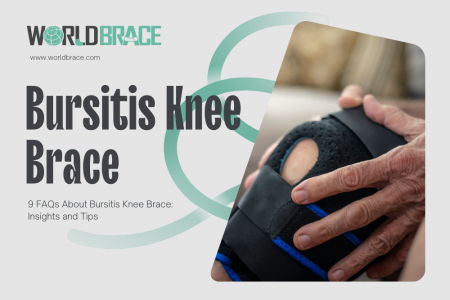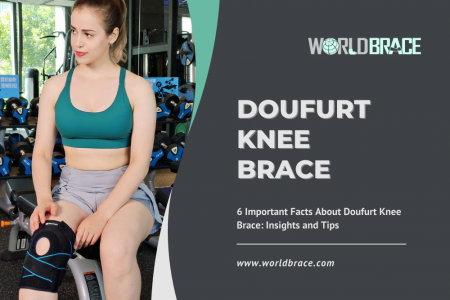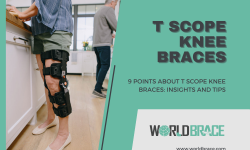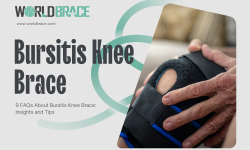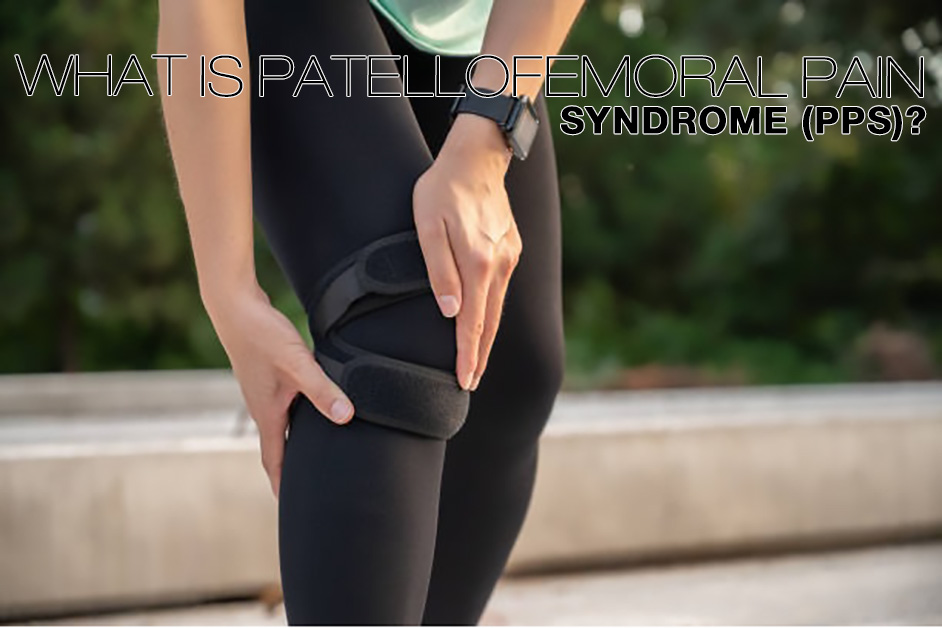
Patellofemoral Pain Syndrome or runner’s knee and chondromalacia Patella is pain around the kneecap (patella) or front of your knee. The pain is located between your patella (kneecap), and femur, or thigh bone. When you sit, squat, run, or use stairs, your knee pain will increase.
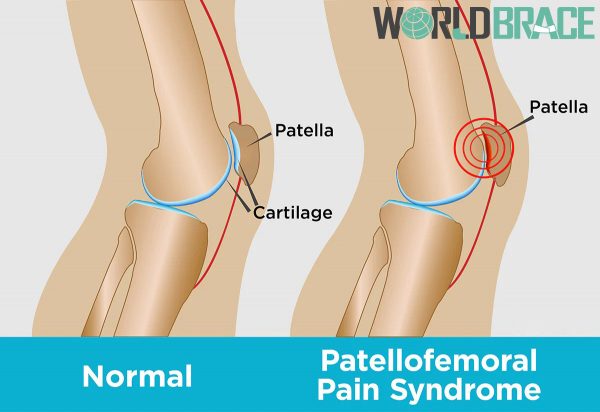
Patellofemoral Pain Syndrome Symptoms
- Itching or sharp pains around the kneecap
- After sitting for prolonged periods, your knees will be sore.
- Knee pain can be caused by climbing stairs, running, jumping, running, or squatting.
- Knee buckling
- When you move your knees, there is a popping or grinding sensation.
What causes Patellofemoral Pain Syndrome
- Exercise routines that are too hard or abruptly altered.
- Knee Injury
- Extra weight
- Patellar tracking disorder is a condition where your kneecap is not aligned properly.
- Muscle weakness or imbalance
Treatments for Patellofemoral pain
Patellofemoral pain syndrome can be very common. Patellofemoral pain can be managed with non-surgical treatments.
- R.I.C.E.
RICE stands for Rest, Ice, Compression, Elevation. RICE treatment aims to reduce inflammation and swelling to aid in healing.
- Rest
Patellofemoral pain syndrome knee treatment is best if you can rest. Many people suffering from patellofemoral pain syndrome are prone to overusing their knees and overloading them. It is very helpful to rest your knees until the pain is gone.
- Ice
Ice on your knees can reduce pain and swelling caused by patellofemoral pain syndrome. As long as the pain continues, ice should be applied to your knees for 15 to 20 minutes multiple times per day. You can not put ice directly on your knee. Instead, wrap it in a towel. Or try this cold therapy brace.
- Compression
Next, RICE treatment includes compression. This is designed to reduce swelling. Many compression braces are available to treat patellofemoral pain syndrome. An elastic bandage maybe instand of a compression brace.
- Elevation
You can reduce swelling by elevating your knee (preferably higher than the heart) and allowing fluid to drain. You can elevate your knees or legs by using pillows if you’re sitting down.
Medication
NSAIDs (non-steroidal anti-inflammatory drugs) can be used to relieve many of your symptoms, including stiffness or swelling around the knee.
Exercises
Evidence is mounting that exercise therapy for patellofemoral syndrome can reduce knee pain, improve function, and help with long-term recovery. Patellofemoral exercises are designed to strengthen your muscles and improve your alignment. These exercises help to relieve patellofemoral pain syndrome.
Physical Therapy
Your physical therapist will examine your alignment and assess the strength of your hip and thigh muscles during an evaluation to determine if you have a weakness or imbalance that could be causing your patellofemoral discomfort. Your physical therapist will show you how to modify your daily activities and exercises to reduce your patellofemoral pain.
Braces, Taping and Arch Support
There are many knee braces, knee sleeves and knee straps available that can help with patellofemoral pain syndrome. A knee brace may be used to stabilize the patella and relieve pain. It also protects against any move that could cause more damage.
Braces for Patellofemoral Pain Syndrome
WorldBrace offers many knee braces and support devices that can help with patellofemoral pain syndrome. Sometimes choosing the right knee brace for you can seem overwhelming. There are braces that have holes, none, metal hinges or gel pads. Some braces also come with straps. For the best patellofemoral pain disorder braces, check out our recommendations!
Which Brace is best to treat my Patellofemoral Pain
- KNEE STRAPS – PATELLOFEMORAL AIN
A knee strap such as this patella band is placed directly under your patella (kneecap). It puts targeted pressure on the patella tendon and relieves pressure from your knees. The knee band reduces the pain of patellofemoral pain syndrome, chondromalacia, tendonitis and other conditions that affect your patella.
- SOLID COMPRESSION KNEE SLEEVES
Simple, solid knee sleeves can be helpful in managing knee pain. Two main purposes are served by solid knee sleeves. They provide maximum compression which reduces inflammation and pain. Additionally, they support your knee. They reduce swelling around the knee and help keep blood flow to your muscles supporting your knee. These solid compression Knee sleeves are also available in plus.
- OPEN PATELLA KNEE SLEEVES
Our open patella knee sleeves offer more support and comfort than our solid sleeves. Although open patella knee sleeves offer less support than closed patella braces they are lighter and more adaptable for active people. People with patellofemoral pain from the wrong tracking of their kneecaps will prefer an open patella design. The knee sleeve is held in place by stays that prevent it from rolling or bunching up. Your kneecap is supported by the stays medial and laterally. This helps to keep it in place. If you are active, the open patella design makes it more mobile-friendly. This open patella knee sleeves is ideal for those who are obese and have knee pain, but still want to be active.
- KNEE BRACES – C-SHAPED BUTTRESS
C-shaped buttresses are rubber rings that wrap around your patella opening. They help stabilize your knee. If you need support for your knees while walking or running on uneven surfaces (e.g., hiking, trail running), a brace with a C shaped buttress can be very helpful.
If you suffer from knee pain while walking or running, this lightweight, hypoallergenic knee brace will be a great choice. This short knee brace has an open patella design that improves flexibility and relieves pressure on your sore kneecap. For extra support and compression, your popliteal (backside of the knee) is covered.
This patella brace is designed to relieve pain caused by a poorly tracking kneecap. This brace is designed to relieve pain from your kneecap by placing pressure under your patella. You can flip the C-shaped support of the patellofemoral leg support to provide medial or lateral support. You can adjust the compression and support level of this brace to help runners with knee injuries. Plus sizes are also available for this sleeve to relieve patellofemoral pain.
- KNEE BRACES WITH USHAPE BUTTRESS
A U-shaped brace for knees, such as this, is great for treating patellofemoral pain syndrome. They protect your knee joint, improve patellar tracking and reduce inflammation around the patella. The U-shaped buttress supports the patellar joint and keeps your kneecap in line.
- HINGED KNEE BRACKET
The hinged knee brace can be used to treat a variety of conditions in the knee, including general pain or problems with your cartilage. The hinges reduce pressure on the knee joint and prevent injuries. You can also move with a more natural range.
The hinged, polycentric hinged knee brace has dual-axis hinges on the medial and lateral sides of your knee. This hinged knee brace also comes in a plus-size version.

